17 Boomer-Era Products That Were Banned For An Actual Good Reason
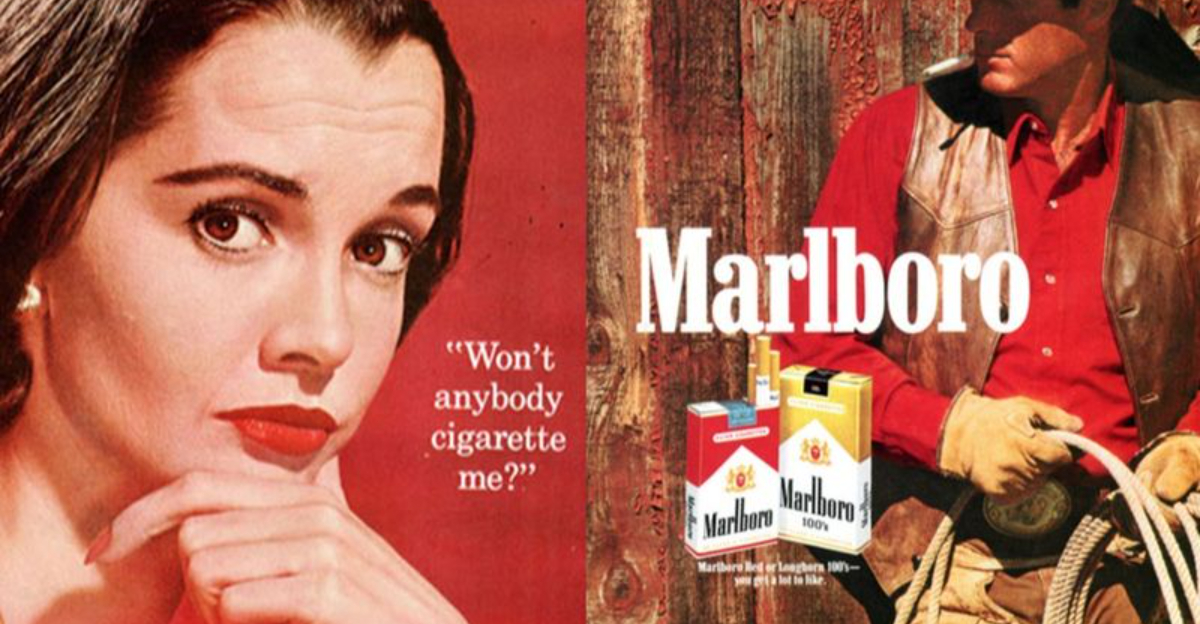
Remember those days when safety regulations felt more like friendly suggestions than actual rules? Growing up in the ’60s and ’70s, I saw firsthand how companies could market and sell almost anything with minimal oversight—and even less concern for long-term safety.
It was a wild era where toys shot real projectiles, chemistry sets included actual hazardous substances, and asbestos could still be found in household products. We rode bikes without helmets, played with lawn darts, and sat in cars with no seatbelts in sight.
Looking back, it’s honestly a miracle we made it through childhood in one piece! While many of those products were thrilling, fun, or downright bizarre at the time, it’s no surprise that most of them were eventually banned or heavily regulated.
And while part of me chuckles at the wild things we used to play with, I’m genuinely thankful that safety standards have come a long way. Survival back then sometimes felt like a game of chance!
1. Lead-Based Paint: The Colorful Killer
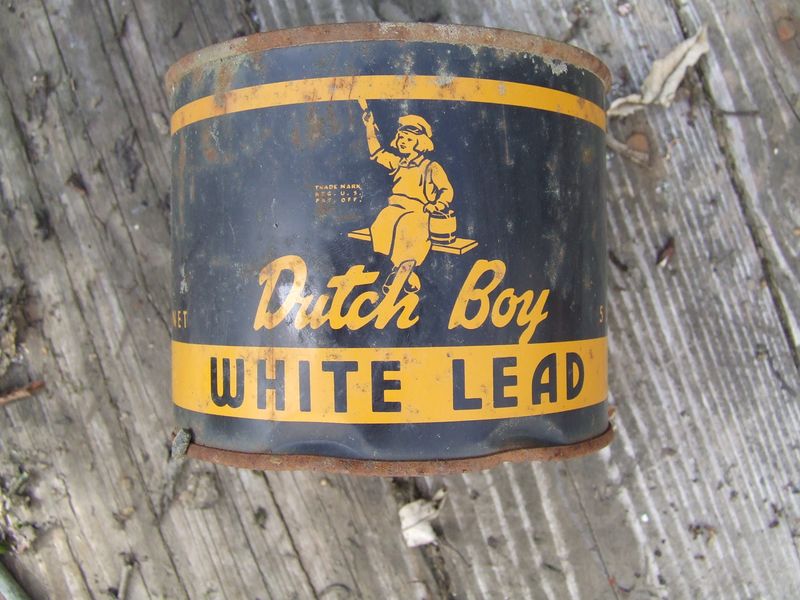
My grandparents’ vibrant blue kitchen cabinets looked gorgeous until we learned what made them so vivid! Lead-based paint was everywhere in homes built before 1978 – walls, furniture, and even children’s toys were coated in this toxic substance.
The paint chips tasted sweet (yes, kids actually ate them), which made them dangerously appealing to curious toddlers. Parents had no idea that each colorful flake could cause devastating neurological damage, learning disabilities, and behavioral problems.
The Consumer Product Safety Commission finally banned lead paint in 1978 after decades of children suffering irreversible health effects. It’s shocking to think about how many generations were unknowingly exposed to this poison disguised as an innocent home improvement product.
2. Lawn Darts: Backyard Javelins of Doom

Summer barbecues at Uncle Frank’s house always featured his prized lawn dart set. We’d gleefully toss these weighted spears with metal tips toward plastic rings on the grass, never considering the dangers.
These seemingly innocent toys were essentially foot-long darts with heavy metal tips that could penetrate skulls. Between 1978 and 1988, lawn darts sent nearly 7,000 people to emergency rooms with serious injuries, and they killed at least three children.
After years of horrific accidents, the CPSC finally banned the sale of lawn darts in 1988. Modern versions exist with blunt plastic tips, but they lack the thrilling (and terrifying) heft of the originals. Sometimes I miss those carefree days, but then I remember how close we came to disaster every time we played.
3. Asbestos: The Miracle Fiber That Wasn’t
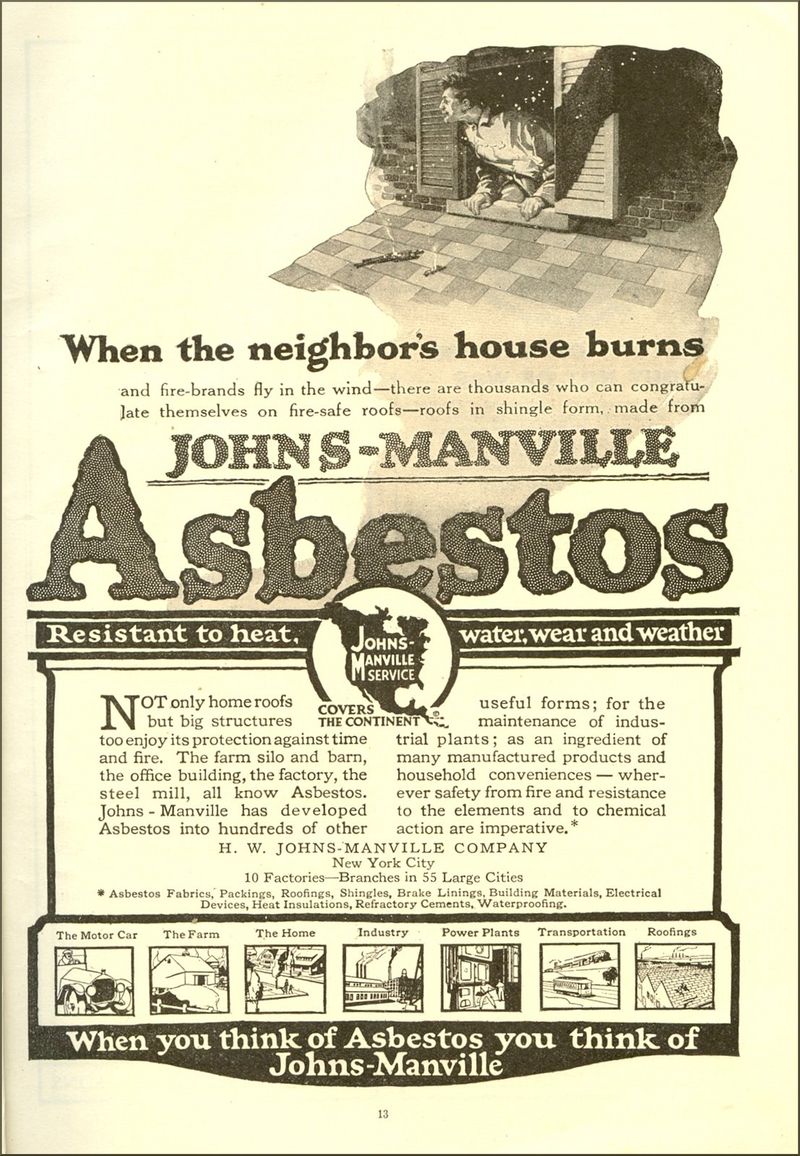
Grandpa always bragged about how his asbestos-lined furnace kept the house toasty through brutal Minnesota winters. “They don’t make ’em like this anymore!” he’d proudly declare. He was right, thank goodness.
This fibrous mineral was hailed as a miracle material – fireproof, durable, and incredibly versatile. Manufacturers stuffed it into everything from insulation and floor tiles to hairdryers and Christmas decorations. Nobody mentioned that breathing those tiny fibers could lead to mesothelioma, lung cancer, and asbestosis decades later.
The EPA began banning asbestos products in 1973, though complete removal from all products took years. Shockingly, some limited uses are still permitted today. The deadly legacy continues as older buildings still harbor this silent killer in their walls, ceilings, and pipes.
4. DDT: The Bug Spray That Bugged Everyone
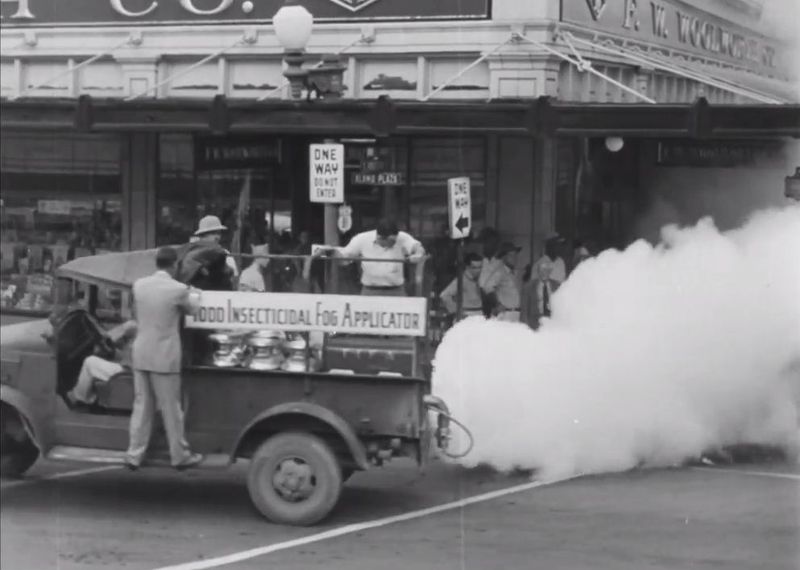
Hot summer nights in my childhood meant watching the DDT truck roll through the neighborhood, spewing clouds of pesticide while we kids chased behind on our bikes. The mosquitoes disappeared, but so did many birds.
This powerful insecticide was sprayed liberally on crops, in homes, and even directly on children to prevent lice. Communities celebrated “DDT Day” with parades featuring trucks fogging entire towns! No one questioned why the songbirds were vanishing or why fish were dying in local streams.
Rachel Carson’s 1962 book “Silent Spring” exposed DDT’s devastating environmental impacts, showing how it accumulated in the food chain and thinned eggshells of birds. The EPA finally banned it in 1972, though not before millions of pounds had been released into the environment, where some still lingers today.
5. Thalidomide: The Morning Sickness Medication That Caused Birth Defects
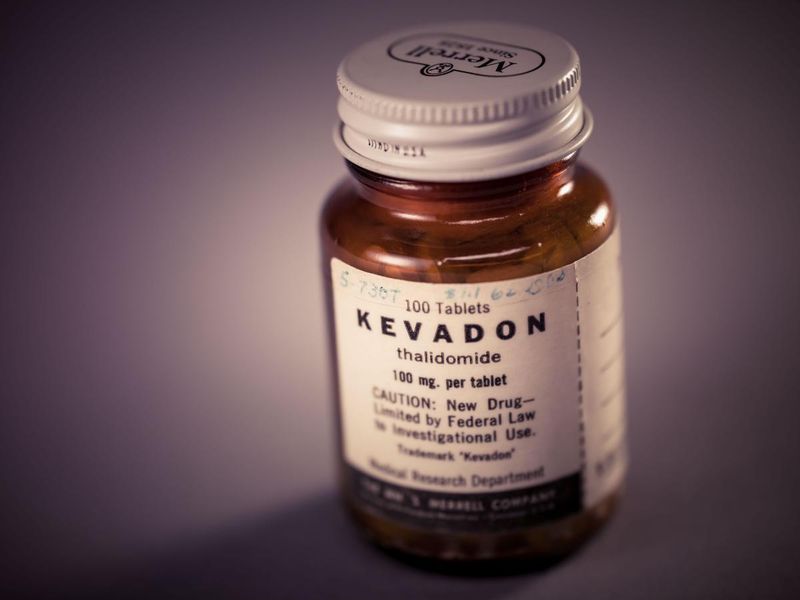
My aunt narrowly avoided taking thalidomide during her pregnancy in 1961. Her doctor had samples ready to give her, but ran out just before her appointment – a stroke of luck that possibly saved my cousin from devastating birth defects.
Marketed as a wonder drug for morning sickness, thalidomide caused thousands of babies worldwide to be born with phocomelia – a condition where limbs are severely underdeveloped or absent entirely. The pharmaceutical disaster stands as one of medicine’s darkest chapters.
Thankfully, FDA reviewer Dr. Frances Kelsey refused to approve thalidomide in the US despite enormous pressure, limiting American cases. The tragedy revolutionized drug testing requirements globally. Today, thalidomide is actually used under strict controls for conditions like leprosy and multiple myeloma, but pregnant women are absolutely prohibited from taking it.
6. Aqua Dots: The Toxic Bead Toy

I nearly bought Aqua Dots for my grandkids during the 2007 holiday shopping season – these colorful beads seemed like the perfect creative toy! When sprayed with water, they stuck together to form cool designs. What could possibly go wrong?
Plenty, as it turned out. The Chinese manufacturer had substituted a cheaper chemical that metabolized into GHB – yes, the notorious “date rape drug” – when ingested. Several children who swallowed the beads fell into comas and required hospitalization.
The Consumer Product Safety Commission recalled millions of Aqua Dots sets just before Christmas 2007, leaving parents scrambling for replacement gifts. While not technically from the Boomer era, this toy represents how even modern products can slip through safety nets. The replacement version, Pixos, used non-toxic chemicals but never regained consumer trust.
7. Cigarette Commercials: Selling Cancer as Cool
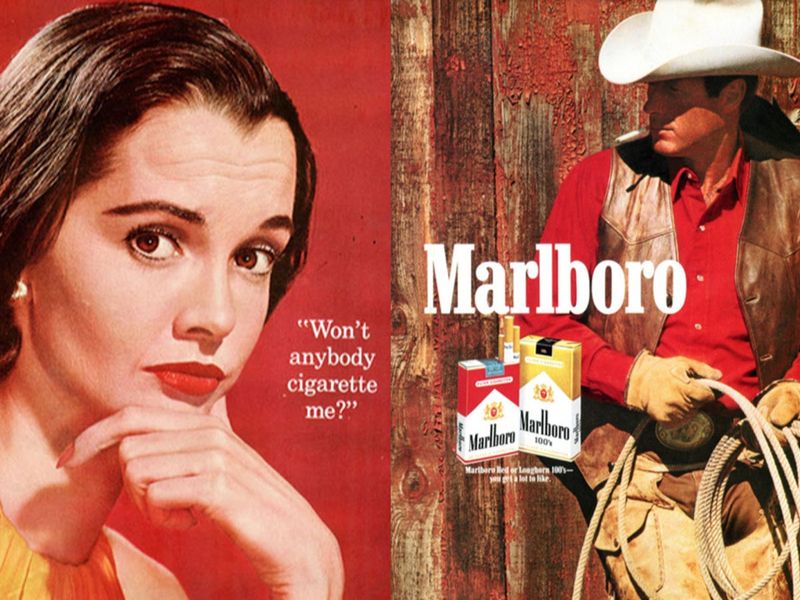
Saturday mornings meant cartoons interrupted by the Marlboro Man galloping across my TV screen. Cigarette ads were everywhere – magazines, billboards, and especially television, where handsome cowboys and sophisticated models made smoking look irresistibly glamorous.
These commercials deliberately targeted young viewers, creating lifetime customers through carefully crafted imagery. The Flintstones even promoted Winston cigarettes! Companies paid doctors to endorse their brands and buried research linking smoking to cancer.
President Nixon signed legislation banning cigarette commercials from television and radio in 1970. The tobacco industry fought back by increasing print advertising and sponsoring sporting events.
8. PFOA: The Forever Chemical in Non-Stick Pans
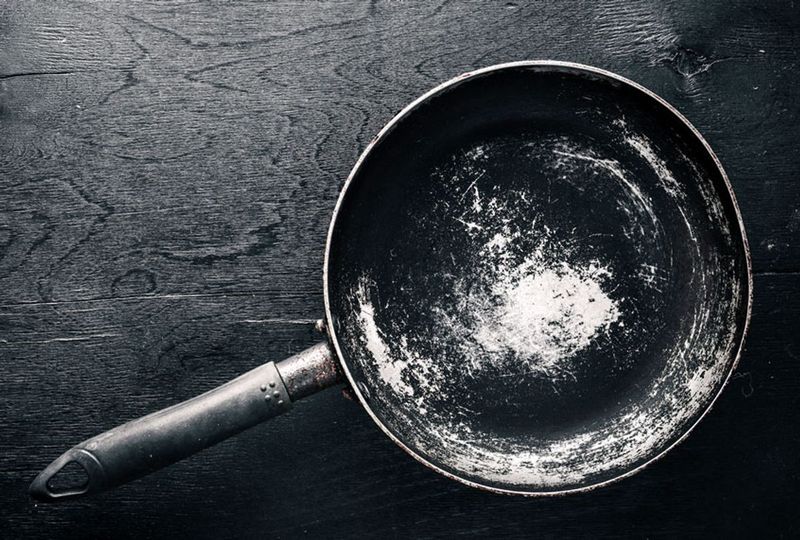
Mom’s prized possession was her set of Teflon pans – “Look, nothing sticks!” she’d marvel while cooking our Sunday breakfasts. Little did we know the chemical making this possible would stick around in our bodies for decades.
Perfluorooctanoic acid (PFOA) was used to manufacture non-stick cookware from the 1940s through the early 2000s. This “forever chemical” accumulates in the human body and has been linked to cancer, thyroid disease, immune system damage, and birth defects.
DuPont and other manufacturers phased out PFOA by 2015 following lawsuits and EPA pressure. Modern non-stick cookware uses different formulations, though some experts still recommend cast iron or stainless steel alternatives. The environmental damage continues – PFOA contamination has been detected in drinking water supplies nationwide and will persist for generations.
9. Leaded Gasoline: The Engine Killer (and People Killer)
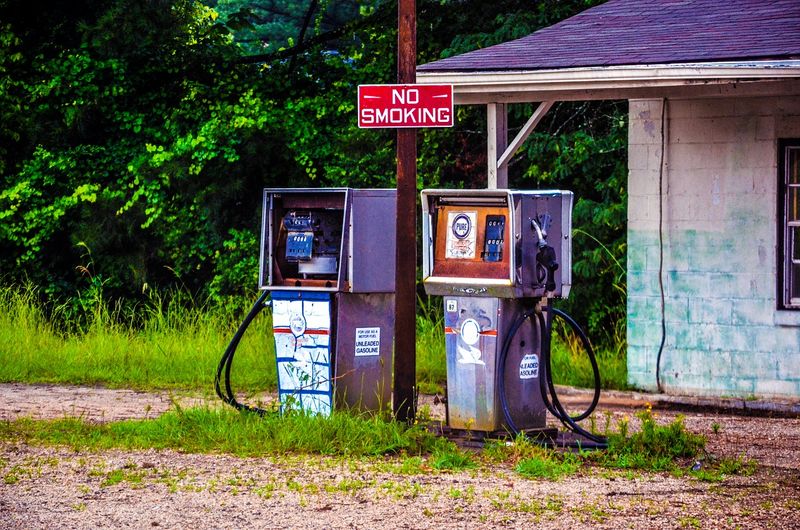
“Fill ‘er up with premium!” Dad would tell the gas station attendant every Saturday. That distinctive smell of leaded gasoline meant weekend adventures in our station wagon, though we had no idea we were breathing poison with every inhalation.
Tetraethyl lead was added to gasoline beginning in the 1920s to prevent engine knocking and improve performance. The toxic additive caused widespread lead exposure, resulting in lowered IQs, behavioral problems, and increased crime rates across entire generations.
The EPA began phasing out leaded gasoline in 1973, finally banning it completely for on-road vehicles in 1996. Studies show that crime rates declined and IQ scores improved as lead levels decreased in the population. Some researchers believe the removal of leaded gasoline is one of the most successful public health interventions in modern history.
10. Clackers: The Acrylic Wrecking Balls
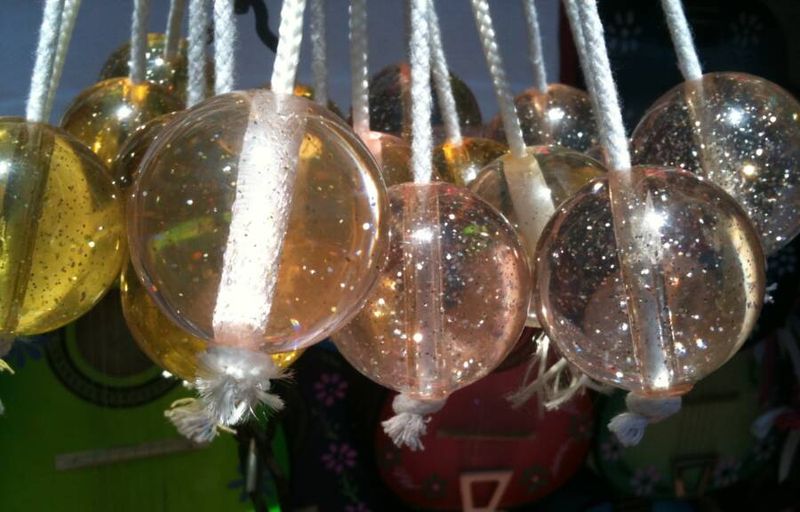
The hallways of Jefferson Elementary echoed with the distinctive CLACK-CLACK-CLACK of our favorite toy in 1971. Two acrylic balls attached to a string that you’d bounce up and down – simple but addictive entertainment for us fourth-graders.
These innocent-looking toys were actually dangerous projectiles waiting to happen. The hard acrylic balls could reach speeds of 20 mph during play, frequently shattering into sharp shards that caused facial lacerations and eye injuries. Some versions used glass balls that were even more hazardous.
The FDA banned Clackers in 1971, classifying them as mechanical hazards. Modern versions exist with softer plastic balls, but they lack the satisfying CLACK and potential for destruction that made the originals so thrilling. I still have a tiny scar above my eyebrow from when Tommy Wilson’s Clacker exploded during recess.
11. Cyclamate Sweeteners: The Artificial Sugar with Real Problems
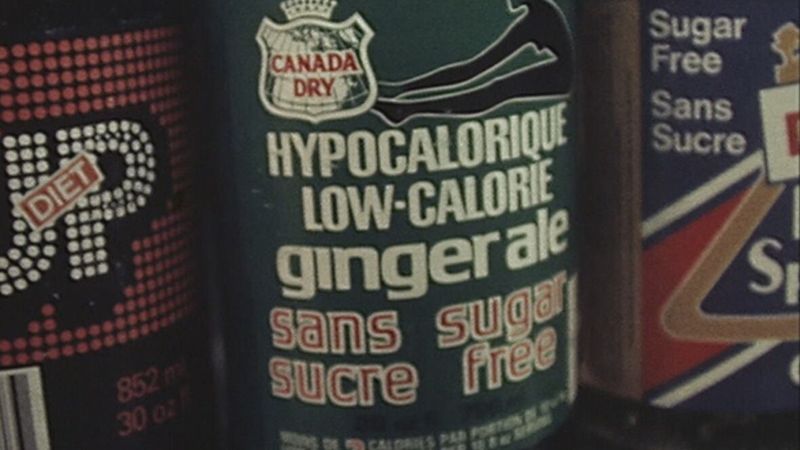
Mom kept a pink box of Sweet’N Low in her purse for restaurant coffee. “It’s better than sugar,” she’d insist, sprinkling the cyclamate-containing powder into her cup while I wondered how something so artificial could be healthier.
Cyclamates were popular artificial sweeteners used in diet sodas, processed foods, and sugar substitutes throughout the 1950s and 60s. They provided sweetness without calories, making them a hit with weight-conscious consumers during the early diet crazes.
The FDA banned cyclamates in 1969 after studies suggested they caused bladder cancer in laboratory animals. Though later research questioned these findings, the ban remains in effect in the United States. Interestingly, cyclamates are still permitted in more than 100 other countries, including Canada and parts of Europe, where regulatory bodies determined the cancer risk was insignificant.
12. Vinyl Miniblinds: The Lead Dust Dispensers

Those cheap vinyl miniblinds covering every window in our first apartment seemed like such a bargain in 1985. I’d dust them weekly, never suspecting I was actually spreading toxic lead particles throughout our home.
Imported vinyl miniblinds manufactured before 1997 contained lead stabilizers that broke down when exposed to sunlight and heat. The deteriorating vinyl released lead dust that settled on windowsills, floors, and furniture – creating a serious hazard, especially for young children who might touch the surfaces and then put their hands in their mouths.
The Consumer Product Safety Commission didn’t formally ban these blinds but issued a warning that prompted manufacturers to reformulate their products in 1996. Millions of homes still contained the dangerous blinds for years afterward. The episode highlighted how seemingly innocuous household items could harbor hidden dangers.
13. Flammable Children’s Pajamas: The Bedtime Fire Hazard
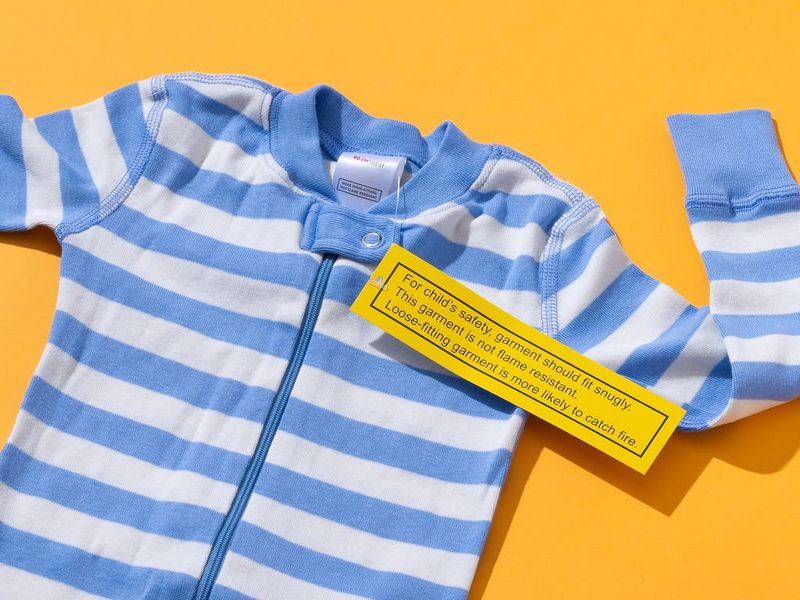
My favorite cowboy pajamas went up in flames faster than a dry Christmas tree when I accidentally brushed against Mom’s cigarette! Thankfully, Dad’s quick thinking with a blanket prevented serious burns, but not everyone was so lucky.
Before the 1970s, children’s sleepwear was often made from untreated cotton flannel and synthetic fabrics that could ignite instantly and burn rapidly. These materials contributed to numerous tragic deaths and disfiguring injuries when children came too close to heaters, stoves, or other heat sources.
The Flammable Fabrics Act of 1953 was strengthened in 1972 to specifically address children’s sleepwear, requiring flame-resistant treatment for all kids’ pajamas. While initially manufacturers used toxic flame retardants like Tris (later banned itself for causing cancer), modern techniques provide fire protection without harmful chemicals.
14. Mercury Thermometers: The Toxic Temperature Takers

Breaking a thermometer was practically a childhood rite of passage! I remember watching in fascination as my brother poked at silvery mercury beads on our bathroom floor, trying to make them reconnect like liquid metal magic.
These common household items contained substantial amounts of mercury – a potent neurotoxin that can cause permanent nervous system and kidney damage. A single broken thermometer could release enough mercury to contaminate a home, with the invisible vapor posing the greatest risk.
The EPA didn’t formally ban mercury thermometers, but they encouraged a phase-out that began in the early 2000s. Many states eventually prohibited their sale entirely. Digital and alcohol-based alternatives now dominate the market.
15. Microwave Browning Dishes: The Radioactive Dinnerware
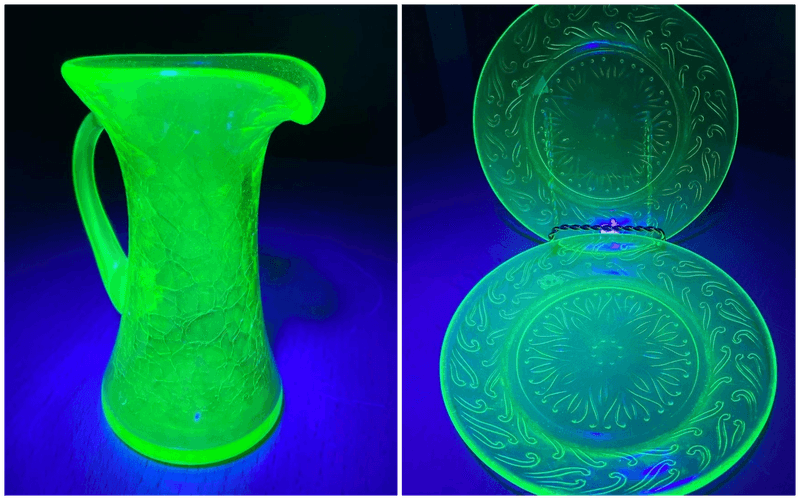
Aunt Mildred’s fancy microwave browning dish was the star of every family potluck in the early 1980s. “It makes everything crispy, even in the microwave!” she’d boast, unaware that the secret ingredient was radioactive material.
These specialized dishes contained small amounts of uranium oxide or thorium oxide in their glazes. The radioactive elements absorbed microwave energy and converted it to heat, helping food brown and crisp. While manufacturers claimed the radiation levels were safe, testing showed some dishes leaked radiation even when not being heated.
The Nuclear Regulatory Commission effectively ended their production in the 1980s by tightening regulations on radioactive materials in consumer products. Modern browning dishes use non-radioactive materials like metallized films. I still chuckle thinking about how we eagerly ate casseroles from dishes that literally glowed under Geiger counters.
16. Buckyballs: The Magnetic Menace
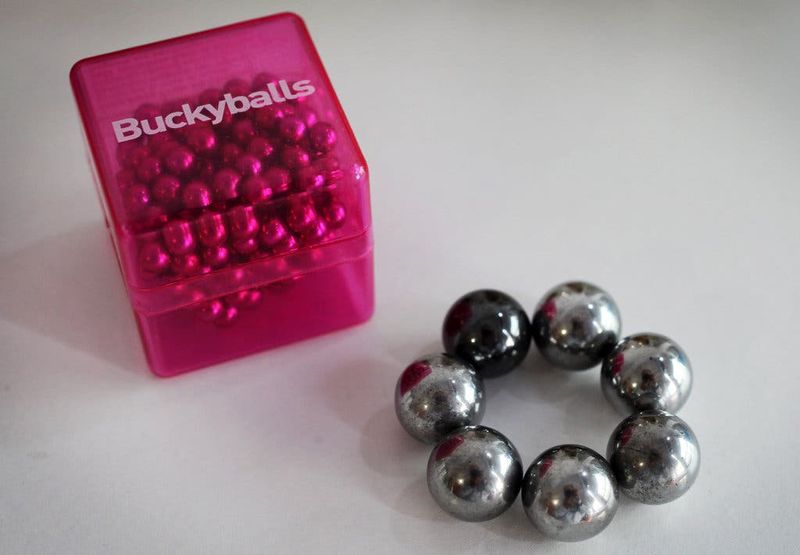
I bought a set of Buckyballs for my desk at work – those tiny, powerful magnetic spheres were perfect for fidgeting during boring conference calls. What I didn’t consider was what might happen if a child got hold of them.
These sets contained hundreds of high-powered rare earth magnets that could be shaped into endless configurations. When swallowed, however, they could attract through intestinal walls, causing devastating internal injuries requiring emergency surgery.
The Consumer Product Safety Commission banned Buckyballs in 2012 after thousands of children were hospitalized. The manufacturer fought back with an aggressive campaign claiming they were adult products, but eventually discontinued production. Similar products have returned to market with stronger warnings, but the original Buckyballs represent how seemingly harmless desk toys can pose hidden dangers.
17. Red Dye No. 2: The Carcinogenic Coloring
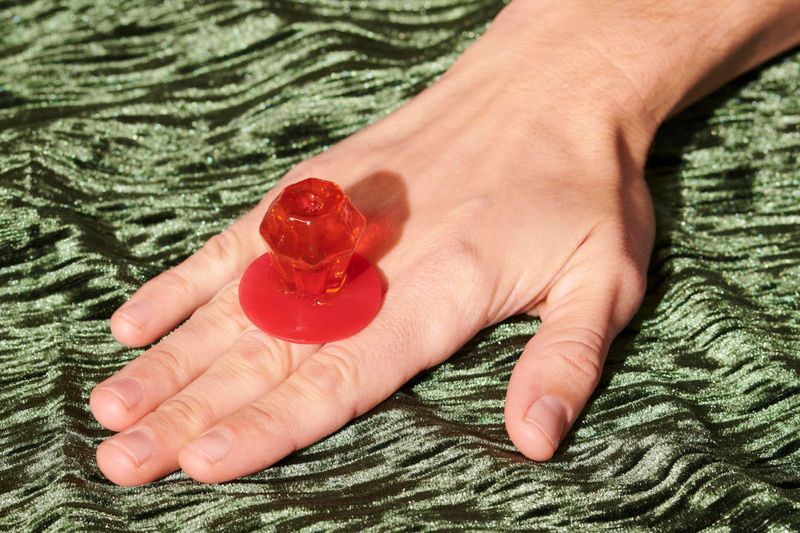
The disappearance of red M&Ms in 1976 puzzled my elementary school friends and me. “Why only the red ones?” we wondered, not realizing we were witnessing a food safety scandal unfold through our candy.
Red Dye No. 2 (Amaranth) was one of the most widely used food colorings in everything from candy and soda to processed meats and breakfast cereals. It gave foods that appealing bright red color that consumers found so appetizing.
The FDA banned Red Dye No. 2 in 1976 after Soviet studies linked it to cancer. Though Mars removed red M&Ms despite using a different dye (just to avoid consumer confusion), the colorant’s absence from American food products continued for decades. Red M&Ms eventually returned in 1987, using safer Red Dye No. 40 instead.
